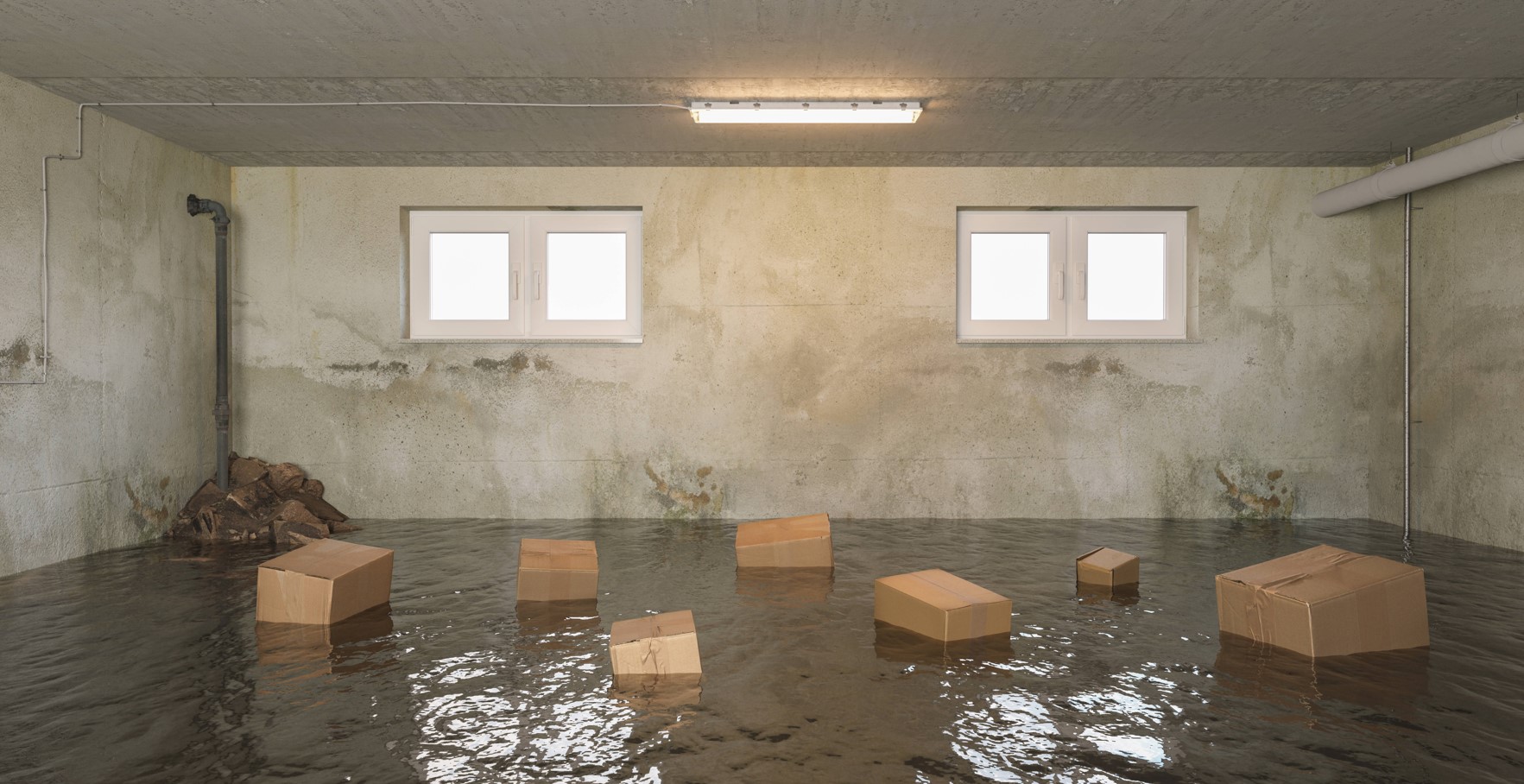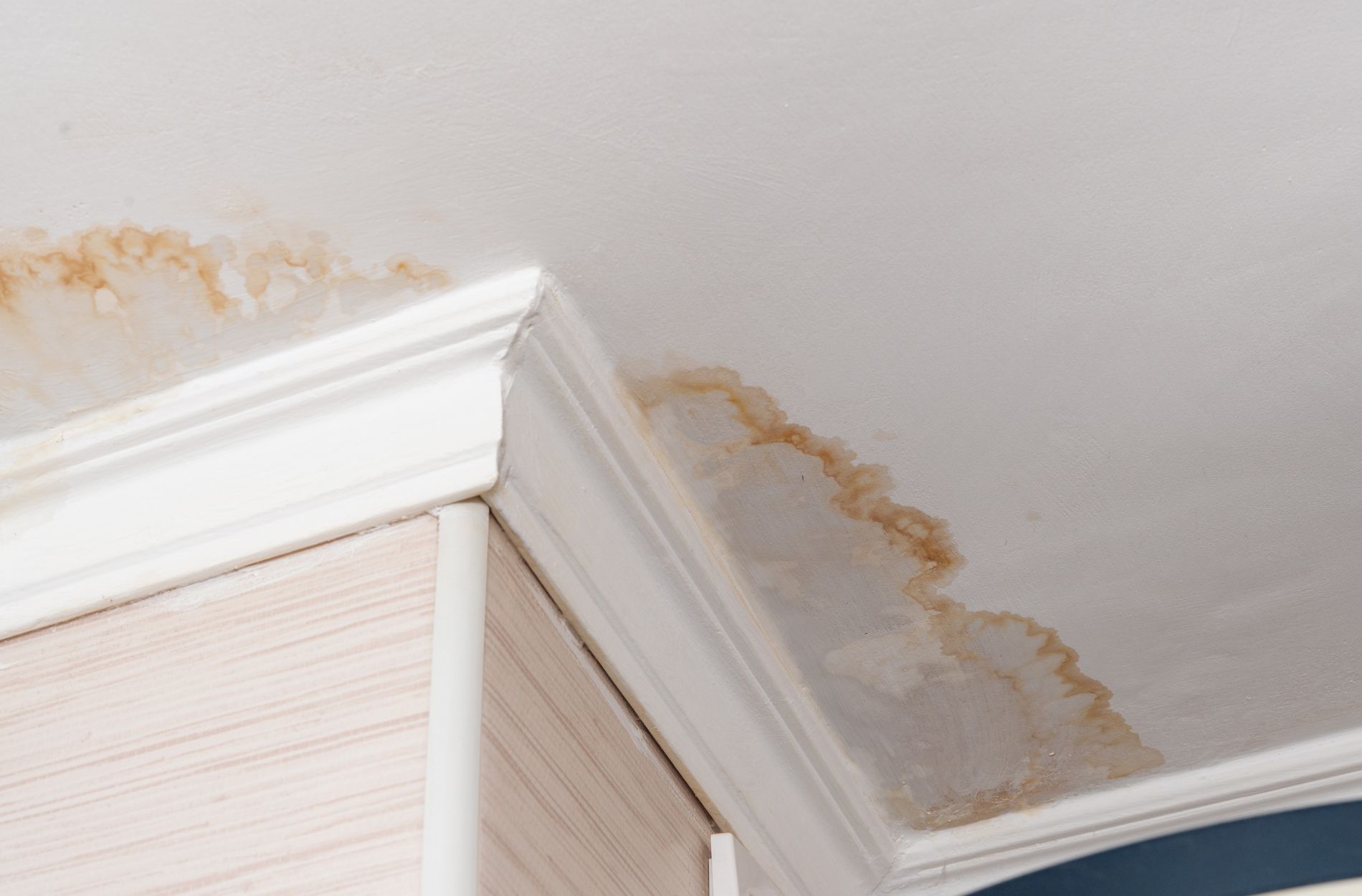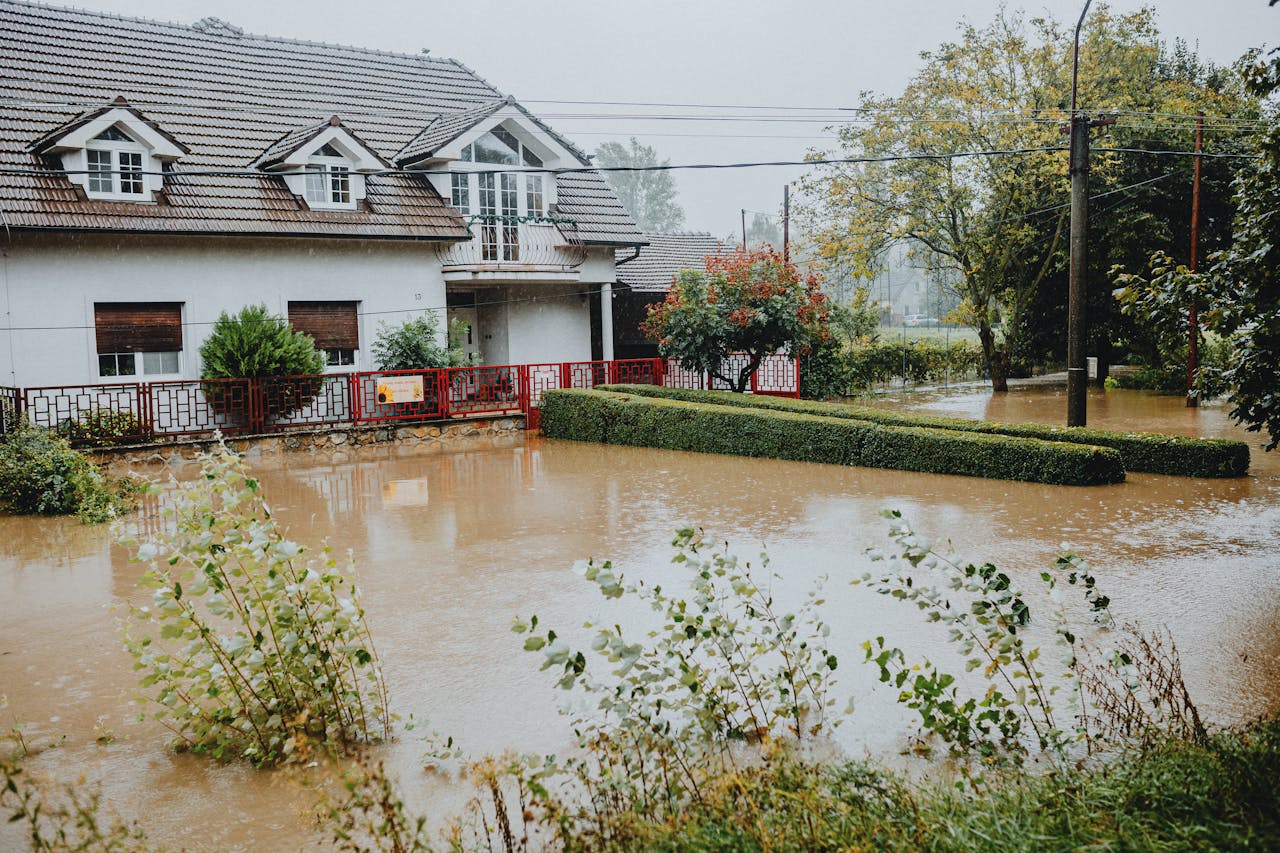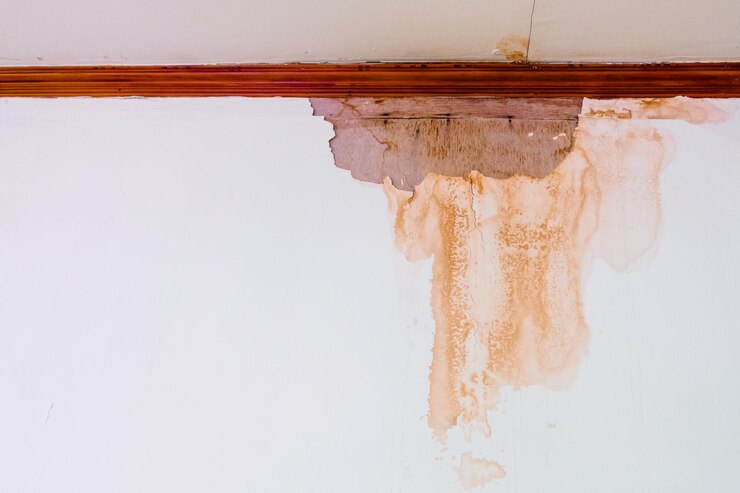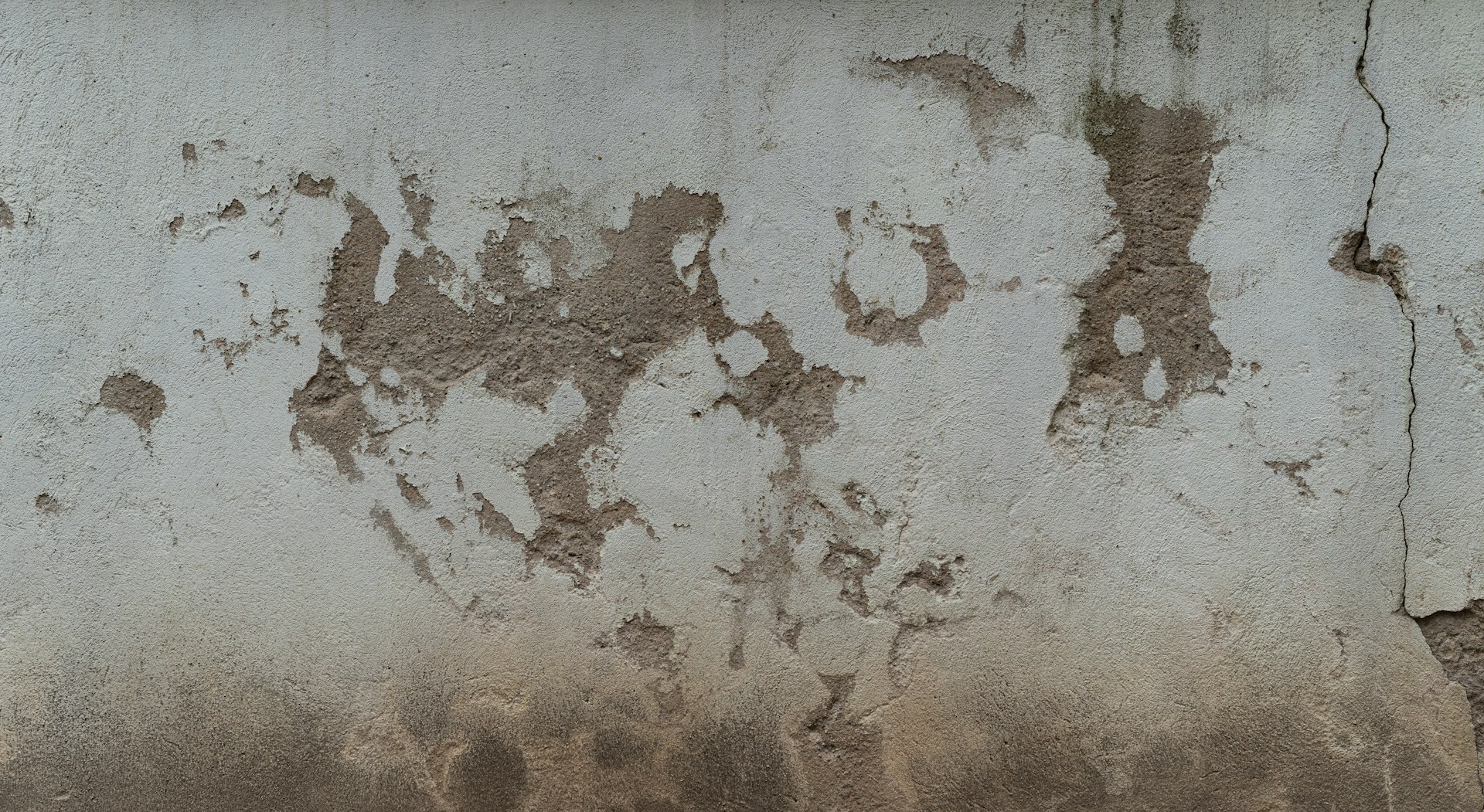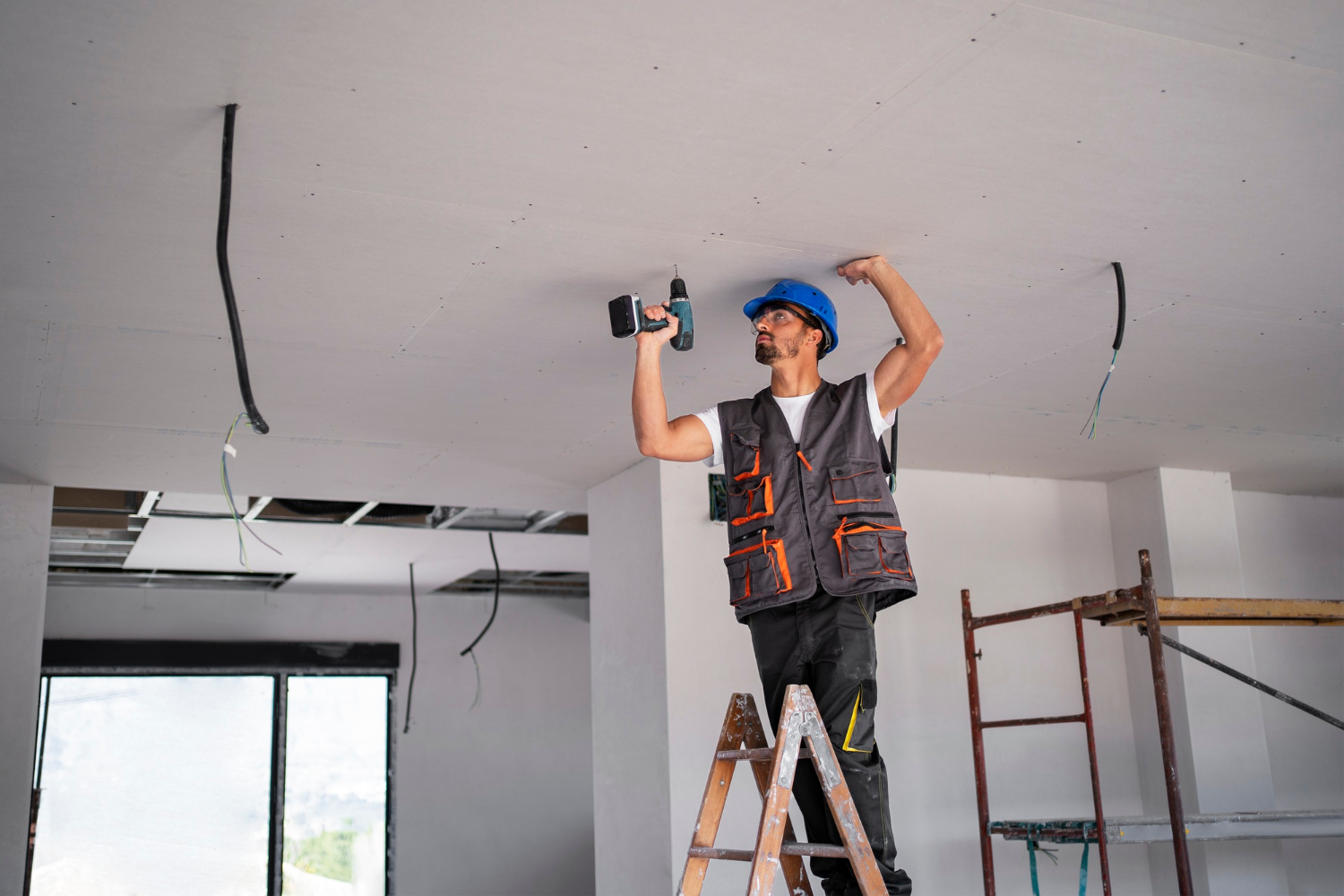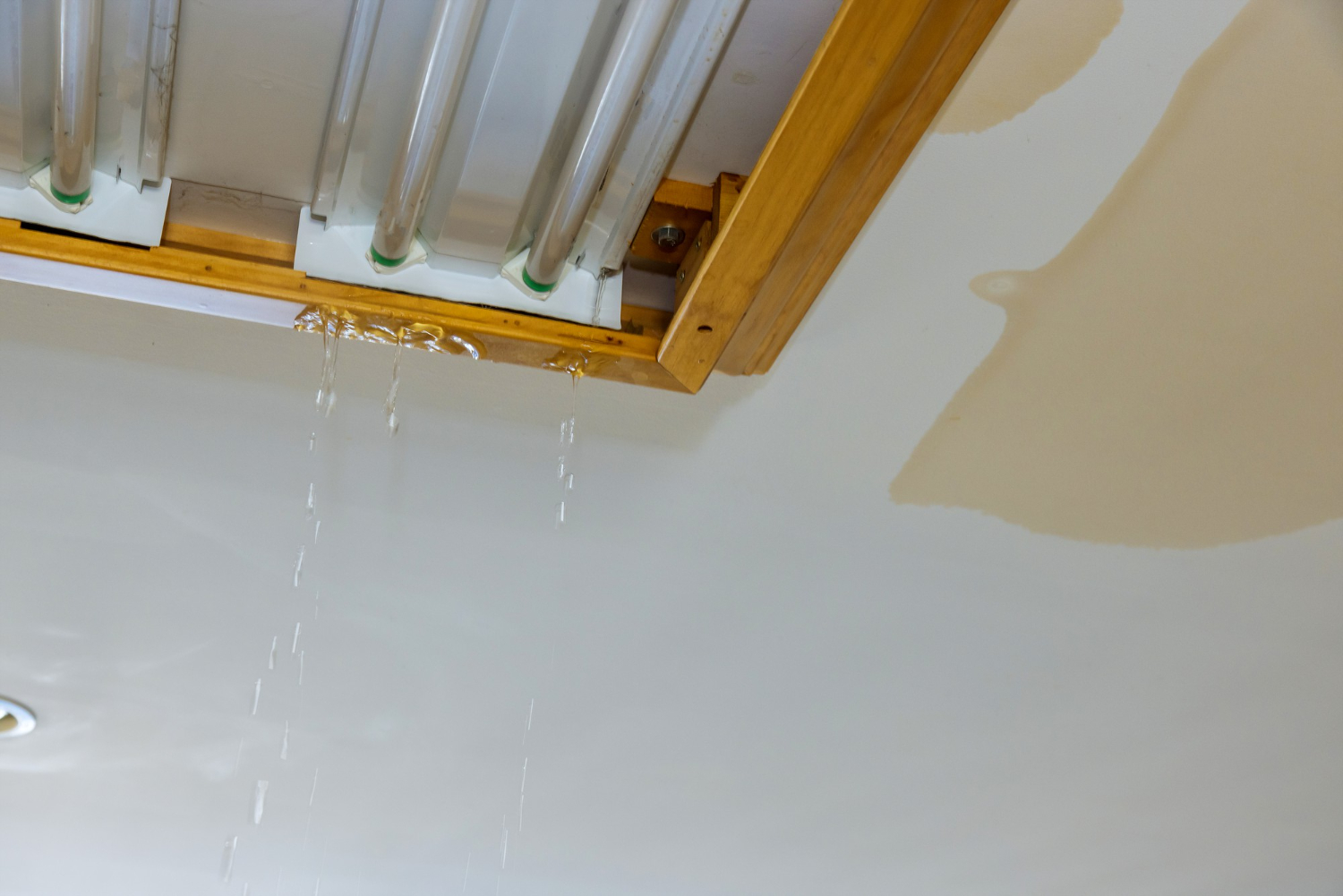Discovering water damage in your basement can be overwhelming and stressful. Whether it’s from a burst pipe, heavy rain, or groundwater seepage, acting quickly and effectively can make a huge difference in minimizing damage and restoring your basement to its original condition. The key is to follow the right steps to ensure safety and efficiency in your cleanup efforts.
The first priority in addressing water damage is safety. Water and electricity are a dangerous mix, so it’s crucial to turn off any electrical power in the affected area to prevent electrical hazards. Once you’ve ensured safety, the next step is to identify and stop the source of water. This might involve shutting off the main water valve or addressing a plumbing issue. Documenting the damage with photos and notes is also important for insurance claims and future reference.
After addressing the initial safety concerns and stopping the water, the next focus is on removing the water from your basement. Using pumps, wet/dry vacuums, and absorbent materials can help expedite this process. Once the water is removed, thorough cleaning and disinfecting are essential to prevent mold and mildew growth and to ensure that the area is safe and livable again. Finally, taking preventive measures to waterproof your basement and install proper drainage systems will help safeguard your home against future water damage.
Initial Steps to Take After Discovering Water Damage
-
Safety First: Turn Off Electricity
The first step you should take when you discover water damage in your basement is to ensure your safety by turning off the electricity. Water and electricity create a hazardous combination that can lead to electrocution or electrical fires. Locate your home’s electrical panel and switch off the circuit breakers for the affected areas. If you are unsure how to do this safely, or if the electrical panel is in a water-logged area, contact a professional electrician for assistance. Taking this precaution can prevent injuries and allow you to address the water damage problem safely.
-
Stop the Source of Water
Once you have addressed the immediate safety concerns, the next step is to stop the source of water. If the water damage is due to a plumbing issue, such as a burst pipe, locate the main water shut-off valve and turn it off to prevent more water from entering your basement. If the issue is weather-related, such as heavy rain or flooding, take measures to divert water away from your home. This could involve using sandbags or other barriers to direct runoff. Identifying and stopping the source of the water as quickly as possible can help minimize the extent of the damage.
-
Document the Damage
Documentation is essential for insurance claims and future repairs. Take detailed photos and videos of the affected areas, including any damaged belongings. Make a written list of the items and parts of your home that have been damaged. Include details such as the extent of water intrusion and any visible structural damage. This documentation will be helpful when filing an insurance claim, as it provides evidence of the damage. Additionally, keep all receipts and records of any expenses related to the water damage for reimbursement purposes. Proper documentation ensures that you have a clear record of the damage and the steps taken to address it.
Removing Water from Your Basement
-
Using Pumps and Wet/Dry Vacuums
After ensuring safety and stopping the water source, the next step is to remove the standing water from your basement. Using pumps and wet/dry vacuums can expedite this process. Submersible pumps are effective for quickly removing large amounts of water. Place the pump in the deepest part of the flooded area and direct the discharge hose away from your home. Wet/dry vacuums are useful for smaller puddles and areas the pump can’t reach. Be sure to empty the vacuum frequently to maintain its efficiency. Properly removing the water is crucial to prevent further damage and make the cleanup process easier.
-
Absorbing Water with Towels and Mops
Once you have removed the bulk of the water with pumps and vacuums, you can use towels and mops to soak up any remaining moisture. Absorb as much water as possible to speed up the drying process. Lay down thick towels and press them into the wet surfaces to absorb the water. Wring them out and repeat as needed. This step helps reduce the risk of mold and mildew developing in your basement by removing as much moisture as possible. Even small amounts of standing water can cause significant harm, so it’s important to be thorough.
-
Utilizing Dehumidifiers and Fans
After removing the excess water, it’s essential to dry out the basement thoroughly. Dehumidifiers and fans are effective tools for this task. Place dehumidifiers in the affected area to draw out moisture from the air. High-capacity units are recommended for larger spaces and faster drying times. Position fans to promote air circulation and speed up the drying process. Aim the fans at wet walls, floors, and other hard-to-reach areas. Keep the dehumidifiers and fans running continuously until the basement is completely dry to prevent mold growth and further water damage.
Cleaning and Disinfecting the Area
-
Removing Damaged Belongings
After you’ve removed the water from your basement, the next priority is sorting through damaged belongings. Items like carpets, cardboard boxes, and upholstered furniture are especially vulnerable to water damage. Remove these items from the basement to assess their condition. Some items may be salvageable with thorough cleaning and drying, while others might need to be discarded to prevent mold and mildew. Be sure to wear protective gloves and masks when handling contaminated items to protect your health.
-
Cleaning Surfaces with Disinfectant
Once the damaged items are removed, it’s crucial to clean and disinfect all surfaces thoroughly. Water damage can lead to mold growth and bacteria, which can pose health risks. Use a strong disinfectant to clean walls, floors, and any other affected surfaces. A mixture of bleach and water can effectively kill mold and bacteria. Scrub hard-to-reach areas and be meticulous in your cleaning process. Pay special attention to any cracks and crevices where moisture might linger. Thorough cleaning helps ensure a safe environment for your family.
-
Drying Out the Basement Thoroughly
Drying out the basement completely is the final step in cleaning. Even after using dehumidifiers and fans, you need to ensure no moisture remains. Consider opening windows and doors to improve air circulation, if weather permits. Specialized drying equipment, such as industrial-grade fans and heaters, can accelerate this process. Check for damp spots daily and continue the drying process until you are confident the area is moisture-free. Proper drying prevents mold growth and further structural damage, ensuring your basement remains safe and dry.
Preventing Future Water Damage
-
Waterproofing Your Basement
Preventing future water damage starts with waterproofing your basement. Applying a waterproof sealant to walls and floors can create a barrier that repels water. Installing a waterproof membrane during construction or renovation can provide additional protection. Proper grading of the land around your home directs water away from your foundation. Ensuring that your roof, gutters, and downspouts are in good condition is also vital. Regular maintenance and inspections can identify potential weaknesses before they lead to water intrusion. Effective waterproofing is essential for a dry, secure basement.
-
Installing Sump Pumps
A sump pump is a crucial tool for preventing basement flooding. Install a sump pump in the lowest part of your basement to collect and pump out groundwater. This helps keep your basement dry, especially during heavy rainfall or snowmelt. Regularly test your sump pump to ensure it’s functioning correctly. Consider installing a battery backup system so the pump continues to operate during power outages. Proper sump pump installation and maintenance are key steps in safeguarding your basement from water damage.
-
Ensuring Proper Drainage Systems
Proper drainage systems are essential for preventing water damage. Ensure all exterior drains, such as those from gutters and downspouts, are clear and direct water away from your home. Installing French drains or an exterior drainage system can help manage groundwater effectively. Check that your home’s foundation has proper drainage to prevent water from seeping into your basement. Regularly inspect and maintain these systems to ensure they function correctly. Good drainage is a vital component of a comprehensive water damage prevention strategy.
Conclusion
Handling water damage in your basement might seem overwhelming, but following these steps can help you efficiently manage the situation. Start by focusing on safety, then proceed to remove the water, clean and disinfect the area, and finally dry out the space thoroughly. Remember, attention to detail and thoroughness can prevent minor issues from becoming major problems.
Preventative measures are equally important. Waterproofing your basement, installing a sump pump, and ensuring proper drainage will help protect your home from future water damage. These actions can give you peace of mind and safeguard your investment.
If you need professional assistance, contact All Around Home Solutions. We specialize in water damage restoration services and can help you protect your home. Our experts are ready to assist you every step of the way, ensuring your basement remains safe, dry, and free from water damage. Reach out to All Around Home Solutions today for a reliable solution to your water damage issues.

